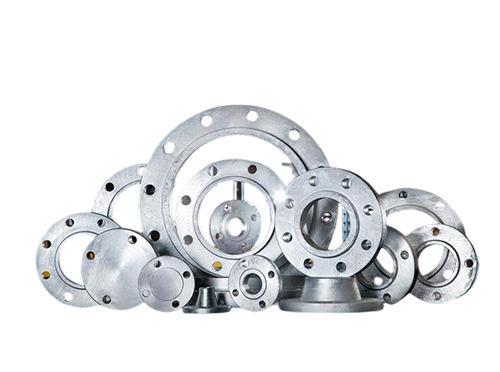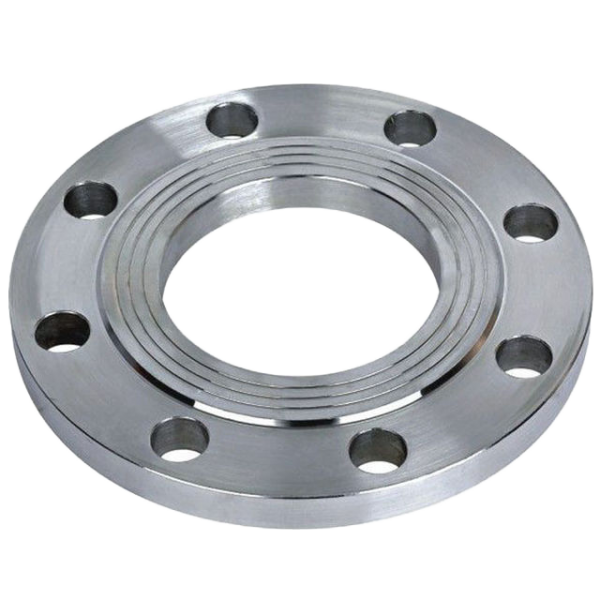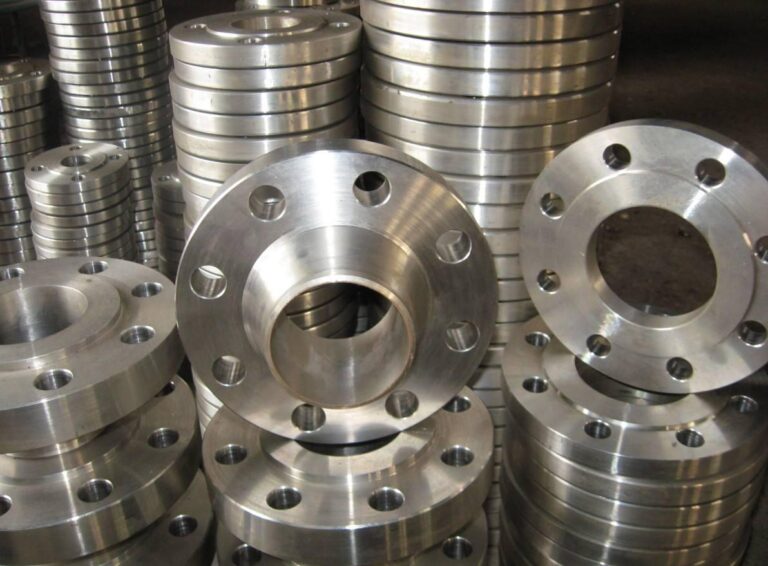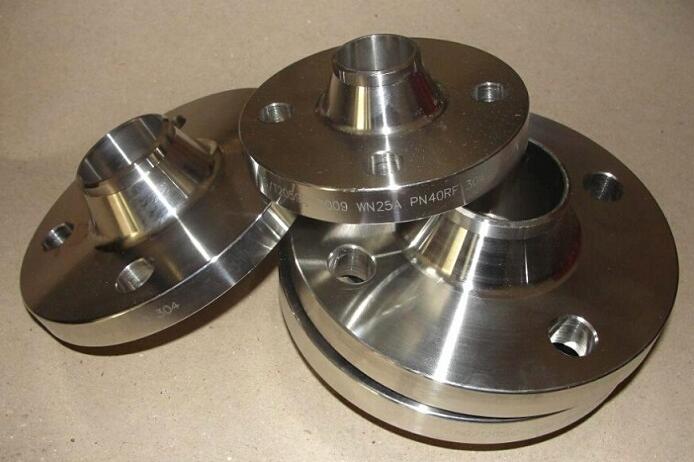Pipe Flange
What is a pipe flange?
A pipe flange is a method of connecting pipes, valves, pumps and other equipment to form a piping system. It also provides easy access for cleaning, inspection or modification. Flanges are usually welded or screwed. Flanged joints are made by bolting together two flanges with a gasket between them to provide a seal.
Most commonly used flanges are welding neck flange, slip on flange, blind flange, socket weld flange, threaded flange and lap joint flange. These type of connection in a pipe flange allows for ease of disassembly and separation for repair and regular maintenance. Most common specification for carbon steel and stainless steel flange is ANSI B16.5 / ASME B16.5.
The most used flange types in Petro and chemical industry are..
Welding neck flange

Welding neck flange is often called “high junction” flanges. The aim is to transfer pressure in the pipe, thereby reducing high stress concentration in the flange base. Neck flange welding is the best design for butt welding those flanges currently offered due to their inherent structural value. But the price is relatively high because the production process is complex.
Slip On flange

Slip On flange belongs to the national standard flange standard system, is one of the manifestations of the national standard flange (also known as GB flange), is one of the commonly used flanges on equipment or pipelines.
Socket Weld flange

Socket welding flange is a flange welded to a steel pipe and bolted to the other end.
Lap Joint flange

Lap joint flange of the butt welding ring is a movable flange, which is generally matched on the water supply and drainage accessories. Each end of the expansion joint has a flange, which is directly connected with the pipe and equipment in the project with bolts.
Threaded flange

Threaded flange is the inner hole of the flange processed into pipe thread, and with threaded pipe matching connection, is a kind of non-welded flange.
Blind flange

The blind flange is a flange without a hole in the middle for sealing the pipe plug. The function is the same as welding head and wire buckle cap, except that the blind flange and wire buckle cap can be removed at any time, but welding head is not.
All types except the Lap Joint flange are provided with a raised flange face.
Pipe Flange Faces
Flange face provides a mean to mate the flange with sealing element, usually a gasket. Even though there are many face types, most common flange face types are following:
- Raised Face
- Flat Face
- Lap Joint
- Ring Joint
- Tongue and Grove
Materials for Flanges:
Pipes and flanges must be durable enough to withstand heat, pressure, vibrations, and corrosion, while still providing a leak proof seal. Flange class helps determine bolt hole alignment, pressure and temperature rating, and dimensional standards, however flange material specifications must also be considered based on application.
Firstly, carbon steel is the most common flange material and has higher carbon content for applications requiring superior strength.
Secondly, stainless steel is used when high durability and corrosion resistance is required.
Thirdly, aluminum flanges are used for applications where corrosion resistance is important, and a light weight material is required like in irrigation.
Finally, ductile Ironoffers a higher yield strength and is lower cost than steel. So preferred for instances where the flange doesn’t come in contact with the medium, cost is an important consideration.
What are the applications of pipe flange?
Flange connection is composed of flange, gasket and bolt nut connection. It is a detachable connection which can be used for pipe to valve, pipe to pipe, pipe to equipment connection.
The flange connection has the characteristics of flexibility of installation and disassembly, reliable sealing, high strength, and simple structure, low cost, can be repeatedly disassembled.
Because the flange has good comprehensive performance, it is widely used in chemical industry, construction, water supply, drainage, petroleum, light and heavy industry, freezing, health, water heating, fire, power, aerospace, shipbuilding and other basic engineering.







